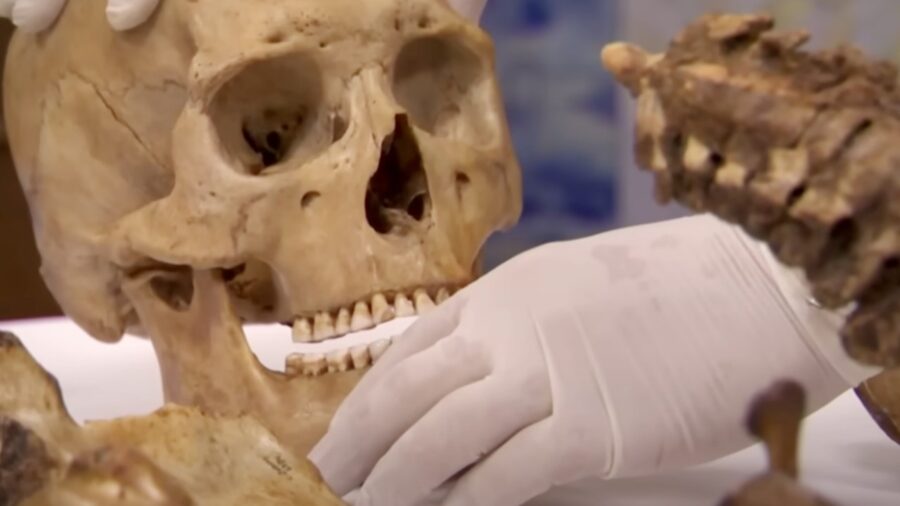16,000 Year-Old Intact Skeleton Discovered In Remote Cave Network

Archeologists have uncovered 71,289 heritage and prehistoric artifacts from the Nenggiri Valley, with some of the more interesting finds being 16 human skeletons, tools, pottery, and more. One of the ancient skeletons uncovered during the dig is estimated to be between 14,000 and 16,000 years old, which National Heritage Department Archaeology Division director Zaharudin Abu said is the most significant find of the research and excavation work the team completed.
The skeleton is a complete skeleton and was found in Malayasia’s Gua Keledung Kecil cave network.
Unearthing History Before Its Gone Forever

The ancient skeleton and the various other finds were sent to the Heritage Department for conservation and research, while most of the other items were sent to a facility of Tenaga Nasional Berhad. The excavation work began in March 2022 and took place in 13 limestone caves in an area where a hydroelectric dam is being constructed. The caves will be flooded for a hydroelectric reservoir, so the team was able to get quite a bit of significant history out before the flooding took place.
Stone Age Humans

If the archeologists hadn’t conducted the dig, the caves would be filled with water in 2027, and the ancient skeleton may have never been uncovered. According to Zuliskandar Ramli, an archeologist from the National University of Malaysia, the skeletons seem to be from the pre-Neolithic area.
It’s possible that the humans that lived in this area were hunter-gatherers from the Hoabinhian culture, which was known for making stone tools and living in areas of Southeast Asia, Southwest China, and Indonesia.
Over 10,000 Years Old

It seems that all but one of the 16 ancient skeletons found can be traced back to over 10,000 years ago, so it’ll be interesting to see what else the Heritage Department can uncover when studying the remains.
As far as what we know so far, 15 of the skeletons were buried in a crouched or “fully-flexed” position, which the team says is an indicator of a pre-Neolithic burial. Meanwhile, the 16th skeleton was found in an extended position and the dating of the sedimentary layers indicated these remains may have been Neolithic and were buried around 6,000 years ago.
Over 70,000 Artifacts Discovered

While the ancient skeletons are some of the most significant and interesting finds of the dig, the 71,000 other artifacts are also interesting. Most of the artifacts, which include stone tools, stone ornaments, and pieces of pottery, were likely buried intentionally with the dead, according to Ramli. Ramli also said that the dead from this era were also often buried alongside hematite minerals and crystals.
The Price Of Progress

Meanwhile, the Neolithic ancient skeleton from 6,000 years ago was buried along with a stone bracelet, polished tools, and pieces of pottery, further distancing it from the pre-Neolithic finds from the other skeletons. As for the Nenggiri hydroelectric reservoir and dam, the project is reportedly costing somewhere around $1 billion.
The project is set to provide electricity to Malaysia and provide jobs for 2,000 locals and indigenous Orang Asli, but the project has also been critiqued for its possibility of affecting the Orang Asli villages and flooding ancestral lands.
Source: Malay Mail












